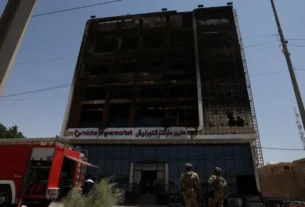A major disruption hit Delhi’s Indira Gandhi International Airport (IGIA) on Friday morning, as nearly 100 flights were delayed due to a technical issue with the Air Traffic Control (ATC) system, airport authorities confirmed.
Passengers arriving at the terminal were met with long queues, tense faces, and restless travelers scanning digital boards that showed red—flight after flight delayed. Delhi Airport, in a public statement, said, “Due to a technical issue with the Air Traffic Control (ATC) system, flight operations at IGIA are experiencing delays. Our team is actively coordinating with all stakeholders, including DIAL, to resolve it at the earliest.”
Travelers were urged to stay in touch with their airlines for the latest updates, as the issue led to a cascading effect across both domestic and international departures. Delhi Airport expressed its regret for the inconvenience caused and reassured that normal operations would resume as soon as the problem was fixed.
For context, Air Traffic Control (ATC) plays a crucial role in managing the movement of aircraft—both in the skies and on the ground. Even a short disruption in the ATC system can lead to widespread delays, given the high air traffic density at India’s busiest airport.
In related aviation news, Air India has recently launched a “Flexi Contract for Pilots”—a new initiative allowing pilots to choose more balanced duty rosters. This move aims to create flexibility without compromising operational efficiency. Pilots on A320, B777, and A350 fleets can opt for shorter work rotations—15 days on and 15 days off for wide-body aircraft, or 20 days on and 10 days off for narrow-body planes.
The airline hopes this will improve pilot well-being, prevent fatigue, and ultimately enhance flight safety—an especially timely focus in a week when air operations across Delhi have faced turbulence.
As the skies over the capital clear and operations return to normal, this incident is a reminder of how deeply technology and teamwork are intertwined in keeping aviation running smoothly. Behind every delay is a network of professionals—controllers, engineers, and pilots—working tirelessly to ensure every flight takes off safely.




